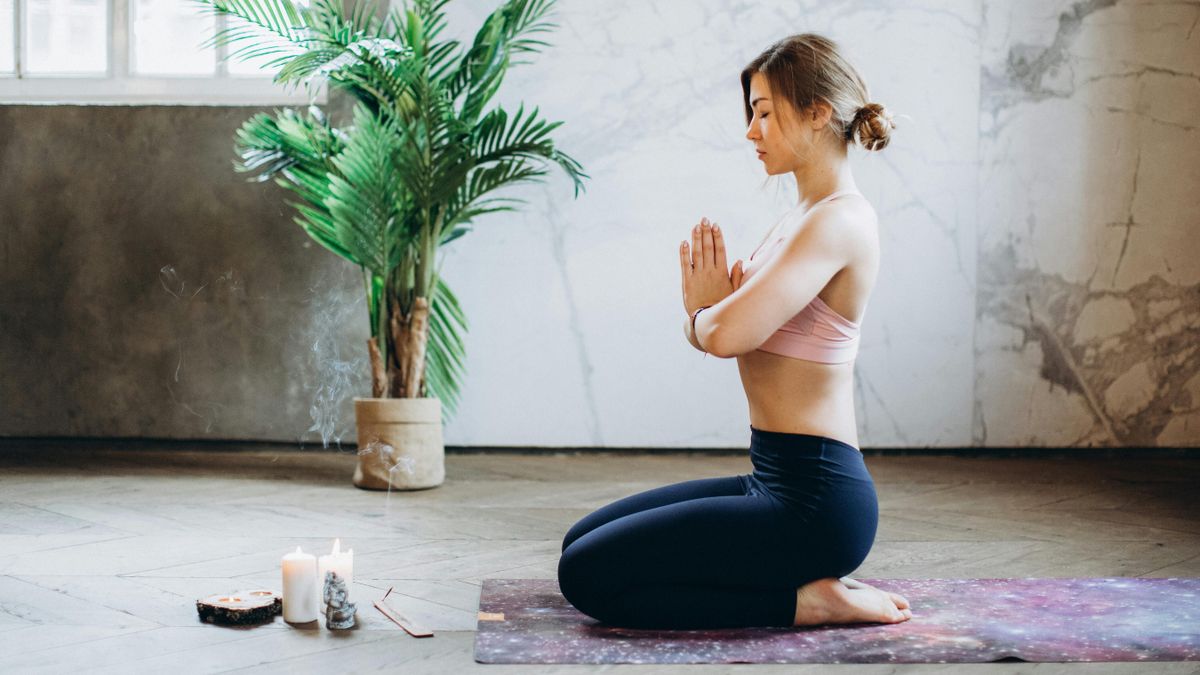Meditation Is Not About Quieting the Mind. It’s About Learning to Stay.

I used to think meditation was about peace. About creating a calm, still space in your head and floating in it like a wise monk on a cloud.
That belief lasted until about hour three of my first Vipassana retreat. I was sitting on a cushion, legs numb, back aching, and my mind screaming at full volume.
Ten days. Ten and a half hours of meditation a day. No phone. No talking. No reading. No writing. No eye contact. No communication with others. Just you and your mind.
And that’s when I understood: meditation isn’t about escape. It’s about being with what’s here, even when it’s uncomfortable.
The Vipassana experience: silence on the surface, storm inside
Vipassana means “to see things as they really are.” And believe me, when everything external is stripped away (your distractions, routines, identity) what’s left is raw. Unedited. Honest.
At first, it’s physical. You feel every itch, every tightness, every heartbeat. Then the emotional backlog arrives. Thoughts you didn’t know you had. Memories you haven’t visited in years. Self-criticism, boredom, doubt, hope, frustration. All of it.
But somewhere around day six, something shifts. You start seeing thoughts as thoughts and not truths. Emotions as waves, not permanent states. And silence becomes not just the absence of sound, but the presence of awareness.
What meditation actually does to the mind
Forget the idea of “emptying your mind.” That’s not the point. What meditation really teaches is this:
- You can sit in discomfort without running.
- You can observe fear without becoming it.
- You can notice a thought and let it pass without grabbing onto it.
In neuroscience, this is called meta-awareness: the ability to observe your mental and emotional processes without fusing with them. Regular meditation strengthens the prefrontal cortex (responsible for decision-making and emotional regulation) while calming the amygdala (the part of the brain linked to reactivity and fear).
But you don’t need a brain scan to feel the difference. After ten days of practice, I didn’t feel invincible. I felt more human. Grounded. Capable of holding intensity without collapsing under it.
Why stillness feels so uncomfortable (and why that’s the point)
In daily life we are in constant reaction mode. A message comes in and we answer. A problem shows up and we solve it. A feeling arises, we scroll, snack, move on.
Meditation removes all of that. Which is exactly why it feels so strange. It shows us how much we avoid ourselves, not out of weakness, but out of habit.
The real practice isn’t closing your eyes and breathing deeply. The real practice is not leaving when things get hard.
That’s why silence can feel so loud. You begin to hear the parts of yourself you’ve been ignoring. And over time, you learn to listen without fixing, judging, or rushing through.
What I took home from Vipassana
Coming back to “normal life” after a 10-day retreat is surreal. The noise feels louder. The pace faster. Not even mentioning sharped taste. But something inside remains unchanged.
Here’s what stayed with me:
Reactivity isn’t mandatory
You don’t have to respond to every thought, emotion, or expectation. You can pause. You can choose.
Sensation is temporary
Physical discomfort, emotional tension, mental noise - all of it moves if you let it. Meditation helps you stay present without clinging or avoiding.
Silence is a mirror
What shows up in stillness isn’t the problem. It’s the material of growth. Learning to be with it, gently and patiently, builds real inner strength.
You can start anywhere
You don’t need ten days. You need ten breaths. You can begin with two minutes. The point isn’t how long. The point is how present.
If you’re new to meditation, start here:
Meditation is a skill, not a test. You’re not failing because your mind wanders. That is the practice: noticing you’ve drifted and coming back.
Try this:
1. Set a timer for 2 to 5 minutes. Sit comfortably. Eyes closed or open.
2. Choose an anchor. The breath. The feeling of your feet on the floor. The sounds around you.
3. When your mind wanders (because it will), gently label it: thinking, planning, remembering. Then return.
4. Be consistent, not perfect. One minute a day is better than none.
5. Let go of results. Some days it will feel grounding. Some days it won’t. But it always works, especially over time.
Stillness is not the goal. It’s the doorway
Meditation won’t fix your life. But it will help you meet it differently.
It’s not about feeling calm all the time. It’s about building the capacity to stay present, even when you’re tired, anxious, unsure or overwhelmed.
Silence doesn’t mean nothing is happening. It means you’re finally able to hear what actually matters.
And that changes everything.
Author: Žeňa Březinová
Mind & Movement Coach. Empowering women through mindful movement, neurotraining, and breathwork. I help clients reconnect with their bodies, build emotional resilience, and create sustainable well-being practices: online and worldwide. Passionate about nervous system regulation, embodied confidence, and creating safe, strong communities where growth feels natural. :)




